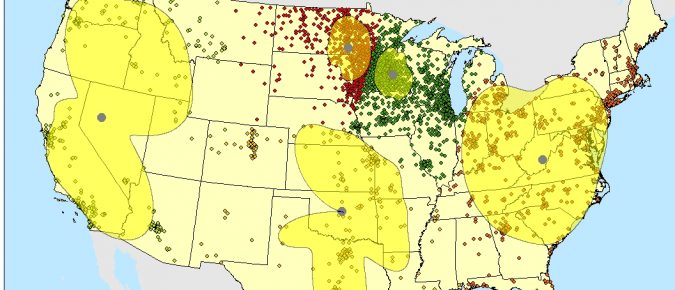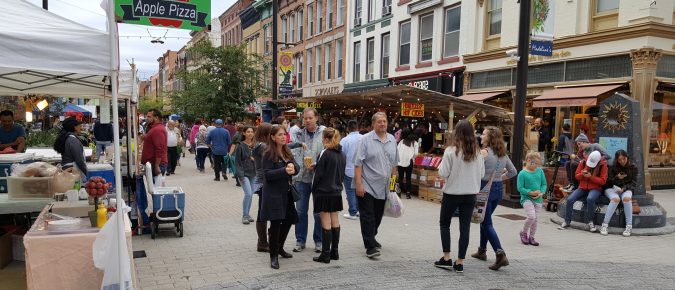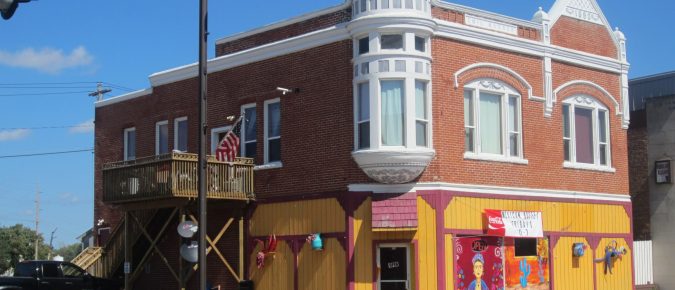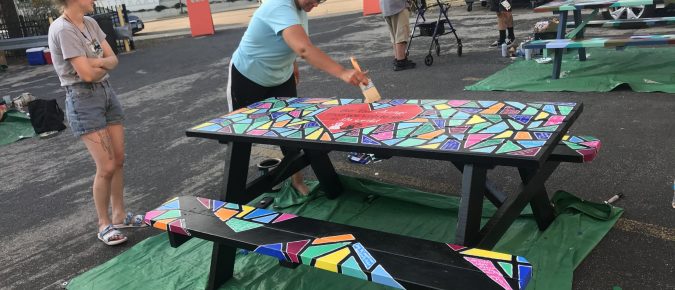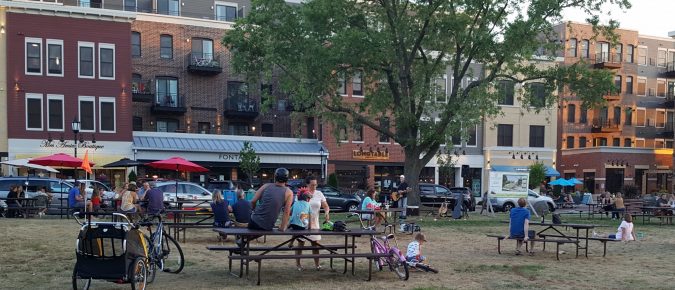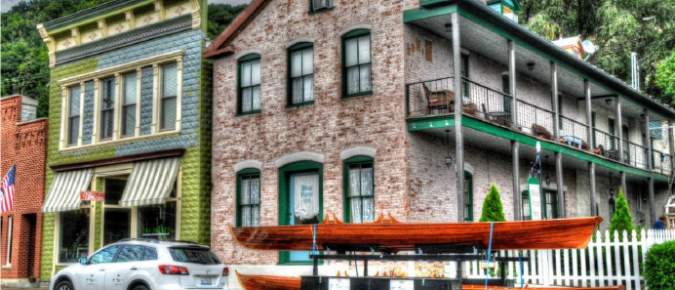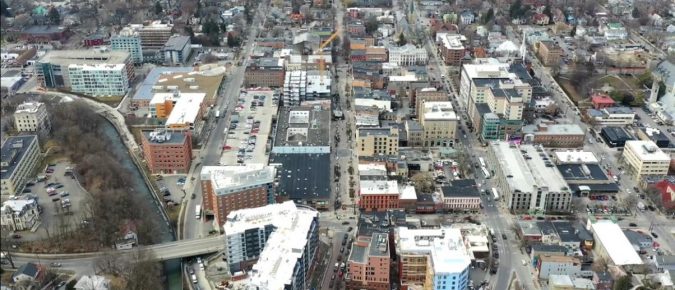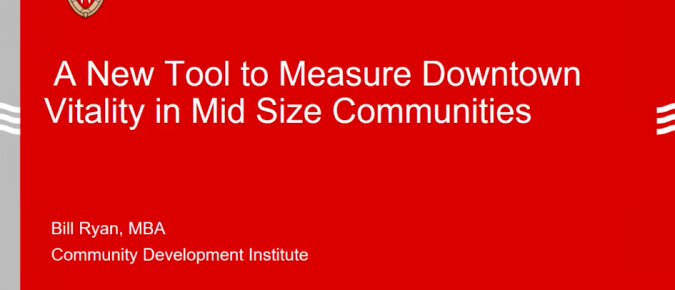Defining a downtown or business district’s trade area is an important first step in any market analysis. This step is crucial because it defines the boundaries that will serve as the basis for further study. It also helps individual businesses identify opportunities to expand their own trade area.
In this webinar, we discuss how city leaders, businesses, property owners, and others can “shape their city” for the betterment of all and how Business Improvement Districts (BIDs) can be used as a tool in that process. The focus of the webinar is on leadership and partnerships that help create an effective downtown organization.
From local angel investment groups to retail condos, communities are experimenting with new economic development tools (and putting a new spin on some old ones) to stimulate and support commercial district business and property development. This article summarizes a recent presentation by Kennedy Smith that highlights a number of promising tools. Also presented here are strategies for putting them to work in your revitalization program.
Summary October 2021 — Across the nation in downtowns large and small, leaders and stakeholders are beginning to ask questions such as: Where will retail be in downtowns like ours as we recover from this very stressful crisis? What are the best opportunities for regaining, and possibly increasing, the strength of our downtown’s retailing? What […]
June 2021 — This topic in Downtown Economics summarizes key points or “takeaways” from the recent webinar titled Shaping Downtown after COVID 19. The well-attended webinar highlighted examples of successful initiatives in four cities: Ithaca, New York, and Appleton, Eau Claire, and La Crosse Wisconsin. The following takeaways are presented without significant editing. You may […]
January 2021 — Small towns and rural communities across Wisconsin have markedly different experiences when it comes to their downtowns and main streets. Over the last decade, some Wisconsin communities have seen their downtown district become a lifeline to a rural renewal, while others have experienced decline defined by an exodus of businesses and disinvestment […]
Summary October 2020 — We offer a journal article discussion for planners, downtown revitalization professionals, and local Extension educators. This webinar focuses on the journal article “Remote Work: An Example of How to Identify a Downtown-Related Trend Breeze that Will Probably Outlast the COVID-19 Crisis” by David Milder. The article explores the economic impacts of […]
An Innovative Response to COVID-19 October 2020 — If we have gained anything from the pandemic, one of the most important and hopefully long-lasting is the successful collaboration of public and private sectors. Place makers, community organizers, and city officials have all had to become more creative and think further outside the box than we […]
Restaurants have become a key element in the business mix of downtowns throughout Wisconsin and the U.S. Their growth has helped reestablish downtown as the central social district of our communities and they have been a major employer and a visible example of entrepreneurship at work.
About September 2020 — This report provides a sample of how downtown buildings in small towns can be put to productive use in generating activity and community pride. It is intended to stimulate new ideas for reusing buildings for retail, food and beverage, services, and community spaces. Situation Small town downtowns (in municipalities with less […]
Summary May 2020 — Three-part discussion with the author: Session 1: May 21, 2020 video Planning and Consultants Power of RFPs to attract developers Formation of a BID for organizing your community Power of Feasibility studies—Housing, Retail, Office Build a Strategic Plan with community input and quantitative goals. Collaboration with large institutions and private developers […]
Summary April 2020 — Bill Ryan from the Community Development Institute and Karina Ward from Ozaukee County Extension discuss a new tool to measure downtown vitality in mid-sized communities. Webinar Recording Explore Our Lunch-n-Learn Series

